Mine detection drones
In Faya-Largeau (North Chad), HI has begun testing drones to detect mines and build up a detailed picture of what’s on the ground - a revolution in mine clearance practice. HI’s project manager Xavier Depreytere explains more.

HI tests mine search drones in Northern Chad | © John Fardoulis/HI
A big step forward
The first tests took place in January, in the desert south of Faya, an area heavily contaminated by the conflict with Libya in the 1980s. The drone flies over vast areas in record time: 300 hectares in two hours! This represents a considerable time-saving for mine detection teams.
Visualisation and data
Equipped with a camera, the drone gives a detailed picture of what’s on the ground, along with a set of data, including geolocation coordinates. What is the optimal height for a drone? What type of drone should we use? What data is useful to mine clearance experts? These are the sorts of questions we ask in order to make the best use of them.
During the initial tests, the drone took a photo of the terrain every two meters. When assembled, they provide a highly detailed map.
International Meeting of Mine Action Experts
From 5 to 7 February, mine clearance experts will gather in Geneva for the annual mine action meeting organised by the United Nations. HI will be present to talk with professionals about innovative new mine clearance methods and draw attention to the organisation’s current testing programme.
A key topic will also be weapons clearance methods for improvised explosive devices - a major challenge in modern demining.





